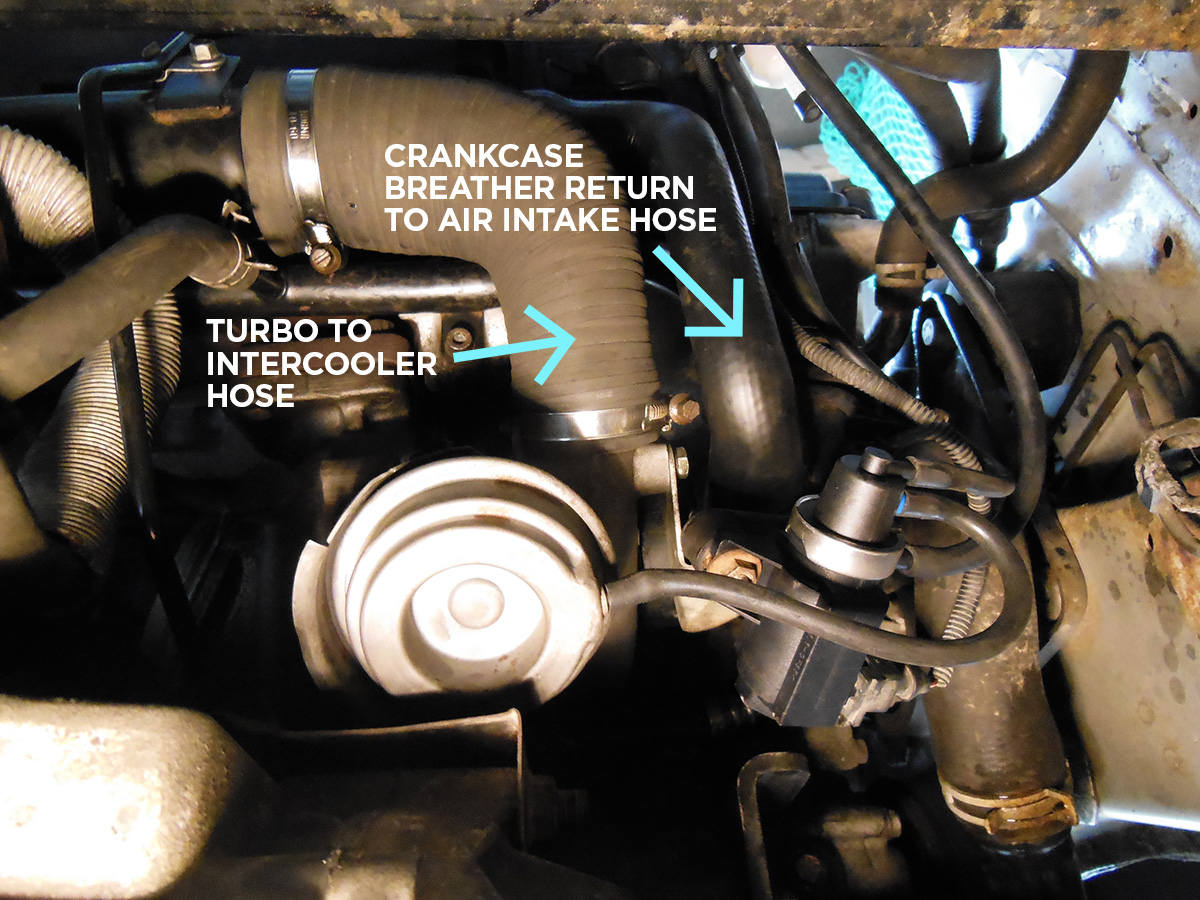Hi everyone, I think I made a bubu.
Car in title, 03 td4 m47. I took the inlet manifold off for a mr muscle clean as I was blanking the egr.
All went well on that side, however what I did wrong is that I scrapped a bit of the crud on the upper ports, the round ones. And some of it fell into the rabbit hole... Not much though as some I was able to grab with the screwdriver/cloth.
I do see some symptoms, like a little bit loss of power. Question is if significant damage is done and/or if there is anything I can do at this stage.
Car in title, 03 td4 m47. I took the inlet manifold off for a mr muscle clean as I was blanking the egr.
All went well on that side, however what I did wrong is that I scrapped a bit of the crud on the upper ports, the round ones. And some of it fell into the rabbit hole... Not much though as some I was able to grab with the screwdriver/cloth.
I do see some symptoms, like a little bit loss of power. Question is if significant damage is done and/or if there is anything I can do at this stage.

